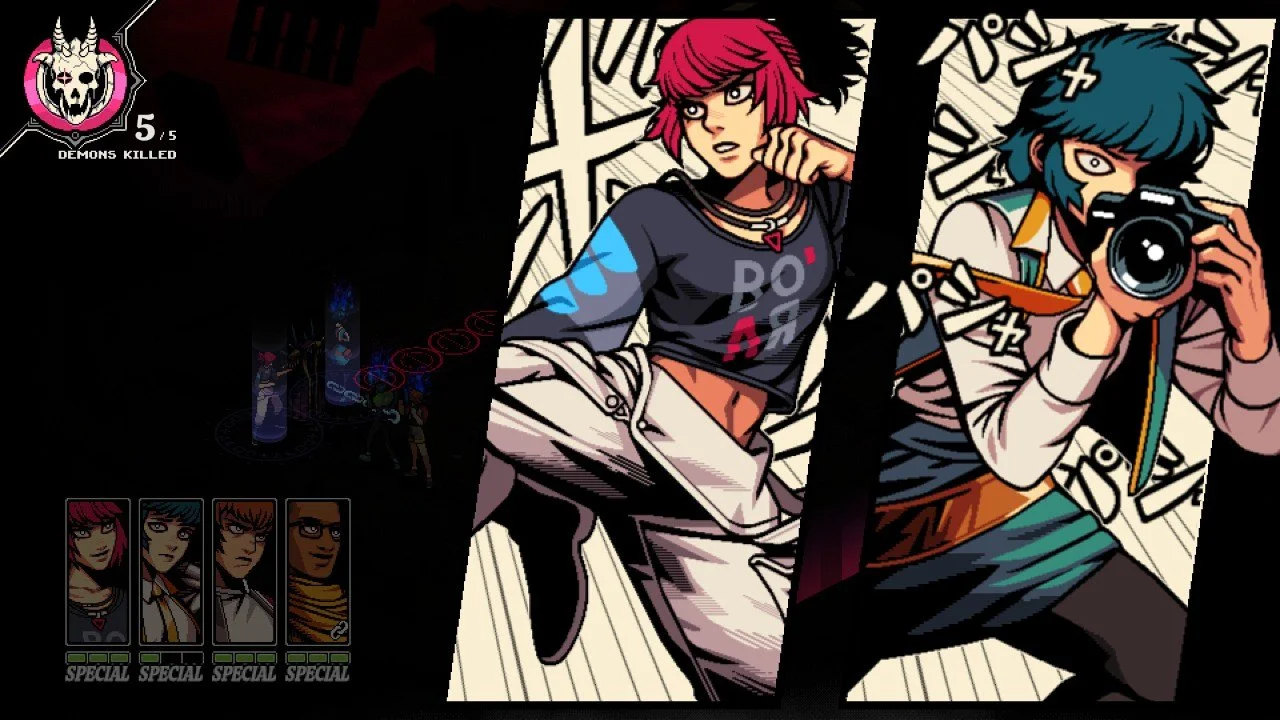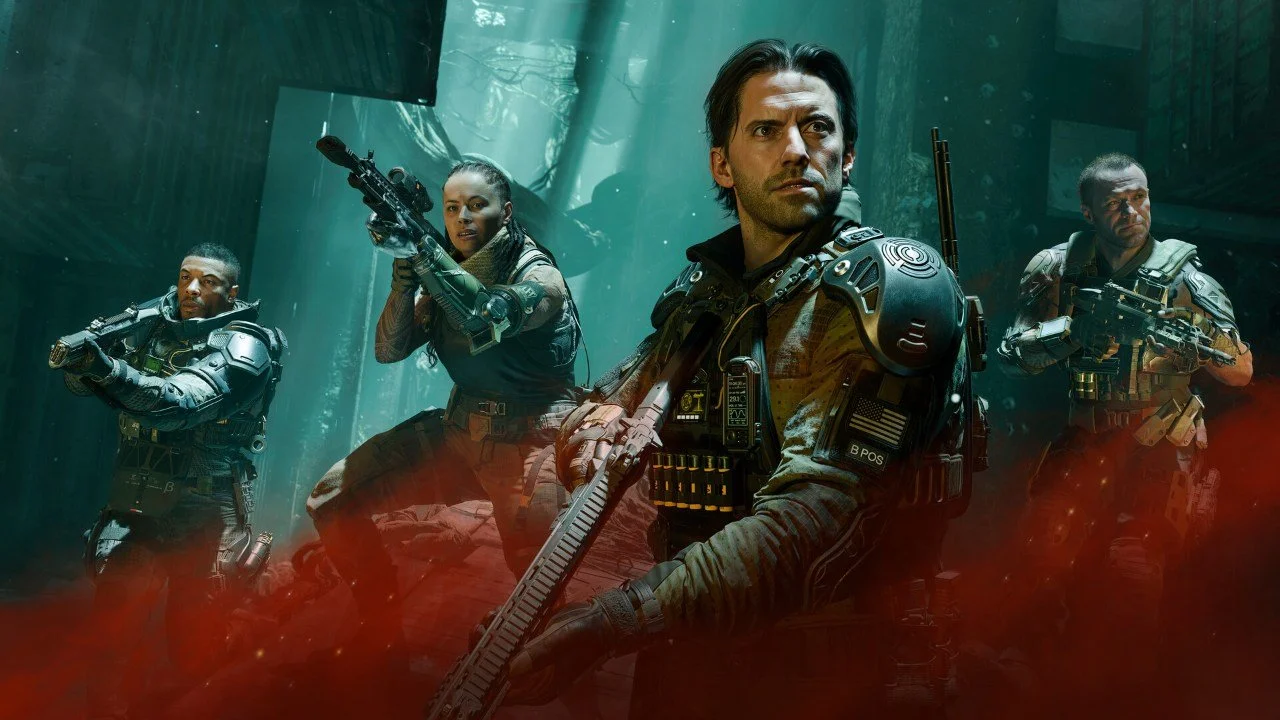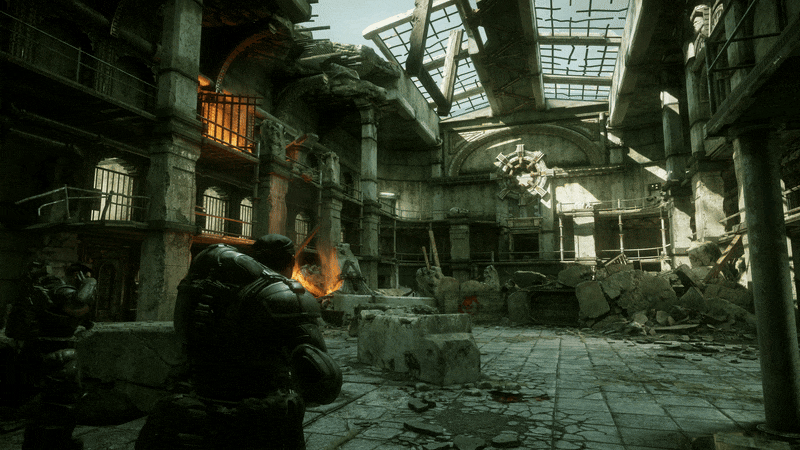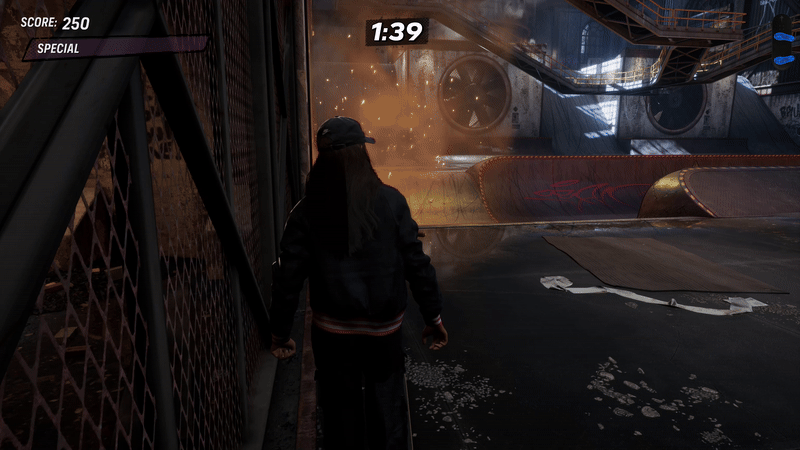Hello again, readers! It’s been a while since my last article, but due to world events and my computer deciding it didn’t want to compute anymore, that’s hopefully understandable. My last article introduced archetypes based off three axes (threats vs answers, tempo vs inevitability, and redundant vs essential), meaning eight archetypes instead of just the rock-paper-scissors of combo/aggro/control/crazy uncle midrange. Aggro-control, prison, gimmick, and meta are respectively the inverse of those four main archetypes, but today I’ll just be covering the first four.
Combo is the threat/inevitability/essential archetype. The go-to standard of combo, Storm, spends most of its time setting up (inevitability) its haymaker finisher (essential) by chaining spells together (threat). Storm lands on the threat axis because the spells do not stop the opponent’s win (the counterspells are mainly used to protect the combo) but are dedicated to card draw and ramp. How many times has a Storm player had to pass the turn without casting anything because it wasn’t strategically correct to “storm off” that turn? Because each spell contributes to the storm count only for that turn Storm can’t push its win every turn, which lands it firmly on the inevitability axis. The third axis is fairly obvious. By removing Tendrils of Agony or Grapeshot or Brain Freeze or Empty the Warren, the deck has to win by beating down with Baral or Snapcaster Mage. It’s happened, but…
Aggo is easy to suss out. Even if I didn’t tell you, most people could easily nail it as threat/tempo/redundant. As I said previously, all Burn needs are seven 3-damage spells, be they Goblin Guide or Lightning Bolt or Flame Rift. It’s common to see a turn 3 kill with Burn as every nonland card wants to kill your opponent (threat and redundant) as fast as possible (tempo). By hitting hard and fast, aggo decks try to win before the opponent can stabilize, usually with a board wipe or life gain. If they can, it’s difficult to get the win because all of aggro’s cards are dedicated to the kill, not card advantage. When you only need ten or eleven cards and three or four turns, blowing a sizable chunk of mana on card draw is not an option. It occasionally happens (such as with Light Up the Stage) but are usually placed in the deck as resilience against longer matchups and poor draws.
Ah, control. The answers/inevitability/redundant of the archetypes, control wants to keep your opponent off the win (answers) and delay the game (inevitability) using spells that answer almost anything (redundant). Remand, Negate, and Force of Will are all commonly used counterspells of this type of deck; Toxic Deluge or Wrath of God as sweepers; and Path to Exile or Tragic Slip as targeted removal are often seen as ways to control the board until one can get Jace, the Mind Sculptor or Teferi, Hero of Dominaria out and win. Incremental value is the name of control’s game, and planeswalkers fit that bill quite nicely. Many Superfriends lists are control; their various abilities are well suited to answer threats to stall the game until an ultimate pops and helps close it out. White and blue are the best at control but are often paired with red, green, or black to shore up the colors’ inherent weaknesses.
Here’s where things get a bit different. Crazy uncle midrange (threats/inevitability/redundant) is just like combo, aggro, and control, but differs from each one on an axis. The best example of this is Modern Jund. Cards like Bloodbraid Elf (threats) keep the pressure on while Inquisition of Kozilek, Lightning Bolt, and Kolaghan’s Command clear the way (inevitability and redundant) for a win. It attacks like aggro, removes threats like control, all while synergizing like combo. Midrange’s game plan is in its name: it wants to play in the midgame by using the early game to get its engine online but the late game to close it out. Green lends itself well to midrange, as they are mainly creature-based decks and green has the best rate of creature stats in the game. Red and black (as seen in Jund) are also often used because they allow damage to be pushed through outside of combat.
That’s it for this week. The next article will cover the aggro-control, prison, gimmick, and meta breakdowns. I’m looking forward to this because there are things about them I haven’t even discovered. Have a good whatever!

























